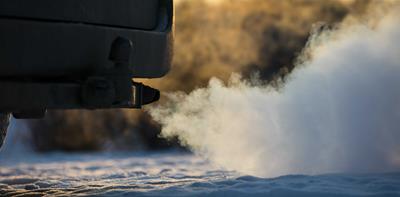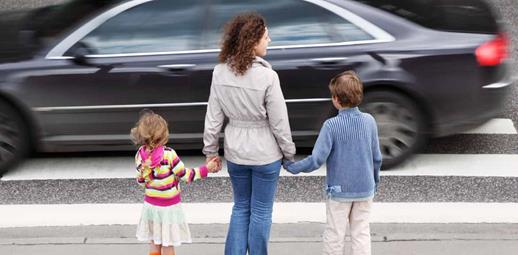
We’re taught to cross the road safely from a young age, but how much do you really know about pedestrian crossings?
From the pelican and the puffin to the toucan and the zebra, here's a complete guide on the different types of road crossings and what they mean for drivers and pedestrians.
Easy As hack
Don’t forget to stay updated with the Highway Code. According to the UK road rules, all drivers must give way to pedestrians already on a zebra crossing.
At a glance
- There are five different types of pedestrian crossings in the UK
- Zebra, Pelican, Puffin, Toucan and Equestrian crossings all work in different ways
- We share the key points that drivers and pedestrians need to be aware of
Pedestrian crossings in the UK
There are five different types of pedestrian crossings in the UK:
- Zebra
- Pelican
- Puffin
- Toucan
- Equestrian/Pegasus
While most of these should be familiar, the last two are less common. Let’s recap what each of these different crossings mean in practice.
1. Zebra crossing
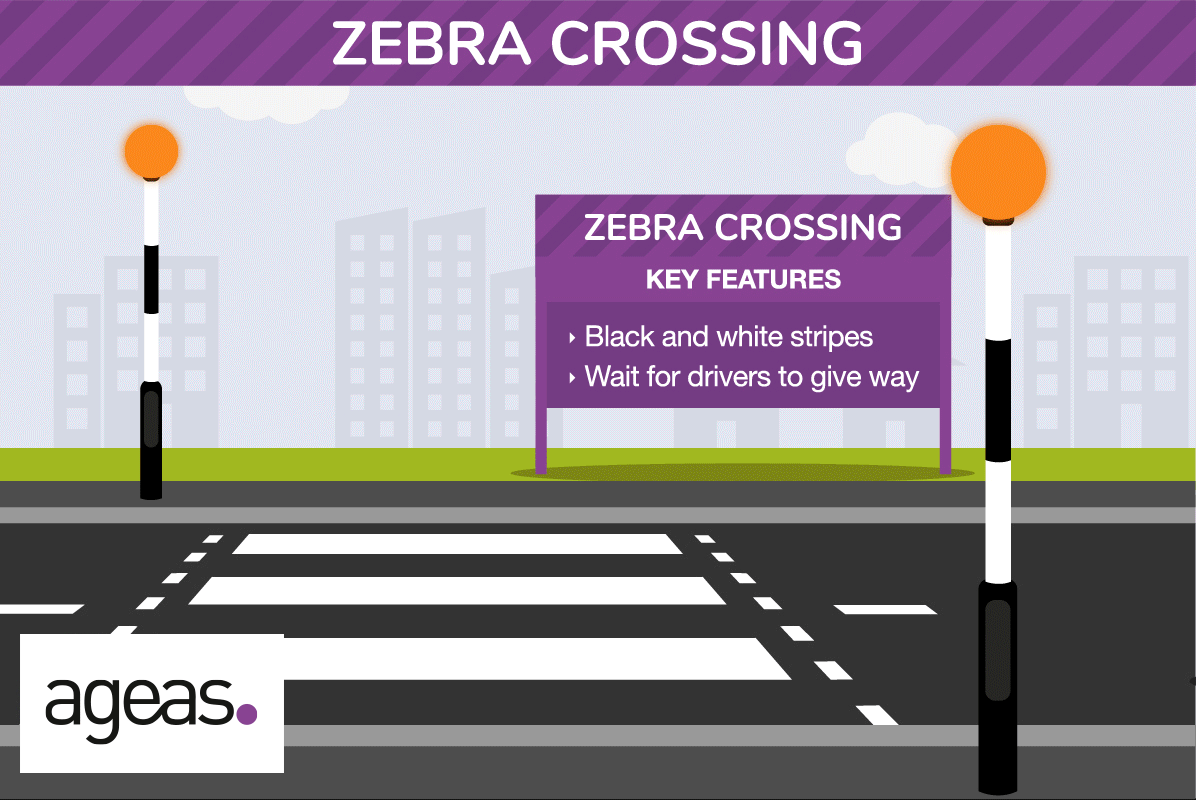
A zebra crossing has black and white painted strips across the road, flashes amber beacons and is generally found where traffic is slower than 35mph.
Zebra crossings don’t have traffic lights or a green man, so drivers need to look out for pedestrians waiting to cross on either side of the road.
Changes to the Highway Code in 2022 mean that all drivers must give way to pedestrians already on the crossing and should also give way to pedestrians waiting to cross.
Also, you must never park on the zigzag lines next to a zebra crossing as this could block a pedestrian's view of approaching traffic.
2. Pelican: pedestrian light indication
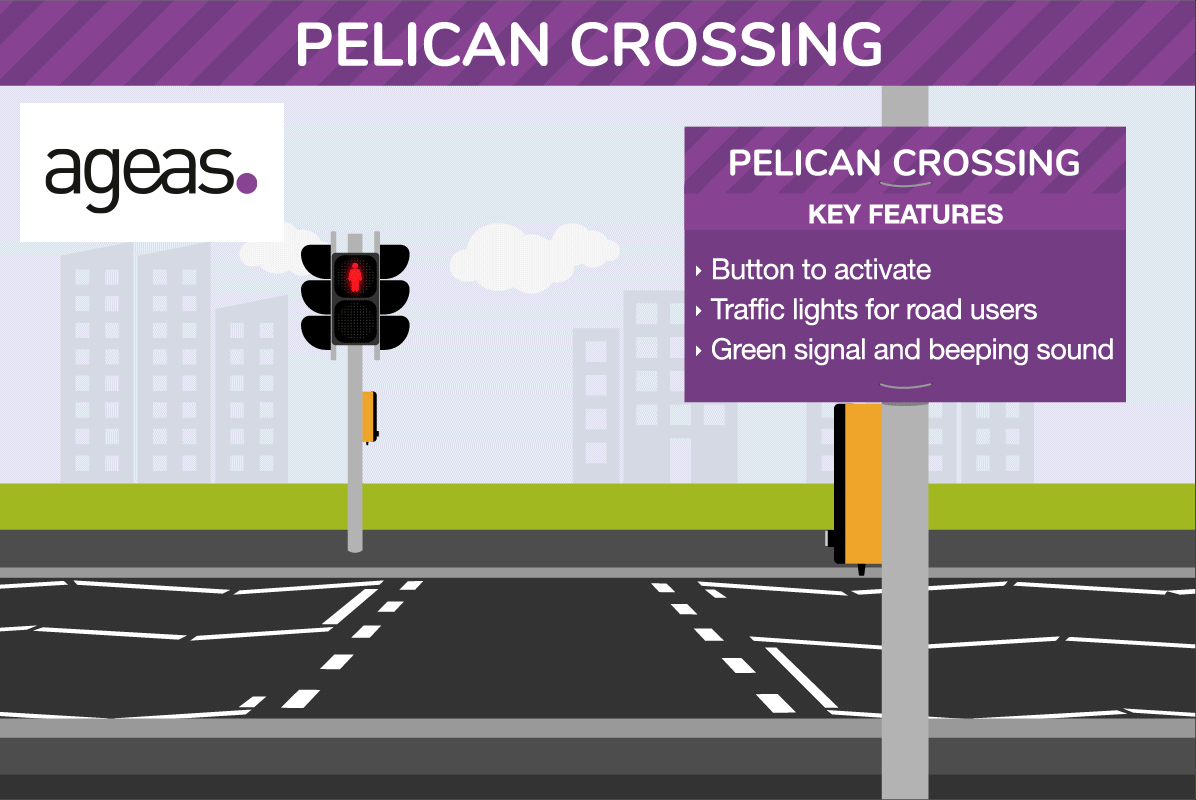
Pelican crossings are traffic light-controlled crossings, activated by a button. The pelican crossing light shows either a red or green figure on the other side of the road to tell pedestrians when to cross. The red figure means don’t cross, a green figure means it is safe to, and a flashing green man shows you shouldn’t start to cross, but will have time to do so if you have already started. Pelican crossing usually have a bleeping sound as a further aid to signal it is safe to cross.
For motorists, a traditional traffic light system is used: green for go, amber for prepare and red for stop. A flashing amber traffic light indicates that cars must continue to give way to any pedestrians already on the crossing and can proceed once the crossing is clear.
Larger pelican crossings may also have a central island, in which case the Highway Code states that motorists must wait for pedestrians who are crossing from the other side of the island.
3. Puffin: pedestrian user-friendly intelligence
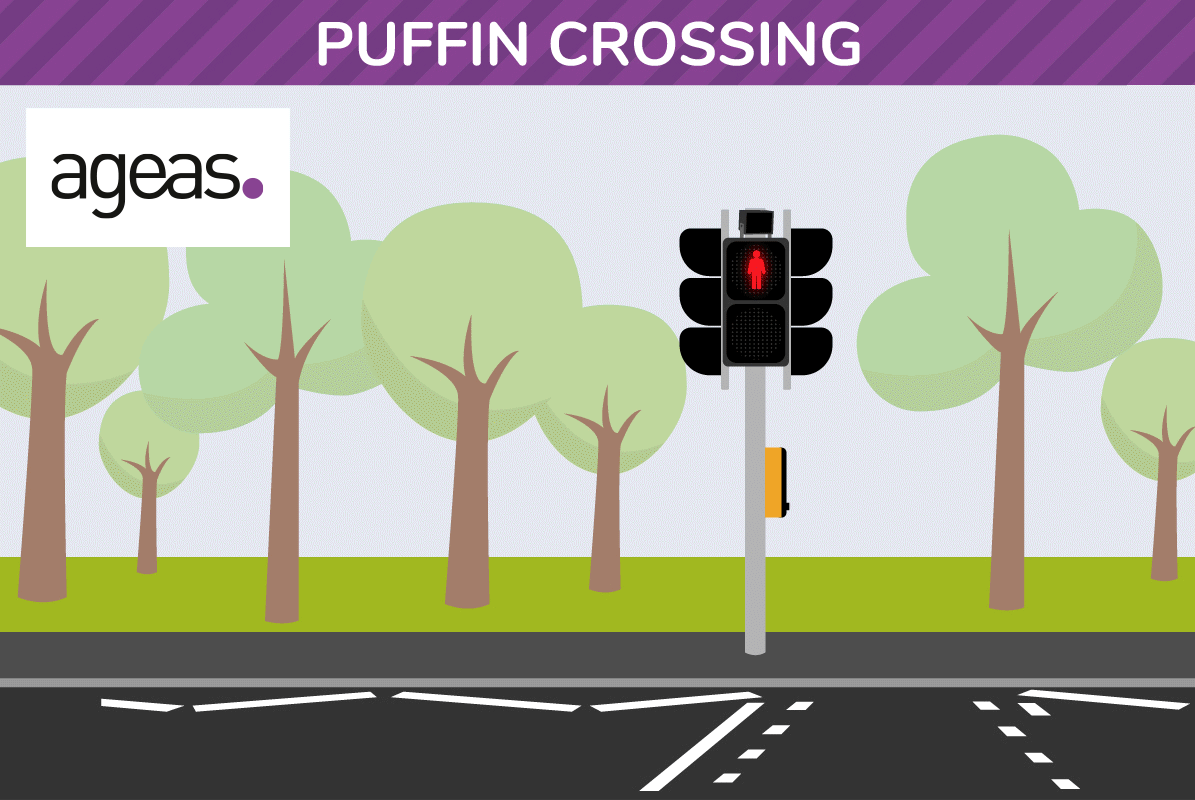
Like pelican crossings, puffin crossings also have traffic lights. However, instead of looking at the green and red figures on the other side of the road, the lights will appear next to you above the push button, encouraging you to look at approaching traffic.
There is no flashing green man phase on a puffin crossing, but motion detectors are used to control the traffic lights, making sure you’ve reached the other side of the road before traffic starts up again. There will generally also be a bleeping sound.
4. Toucan: ‘two can cross’
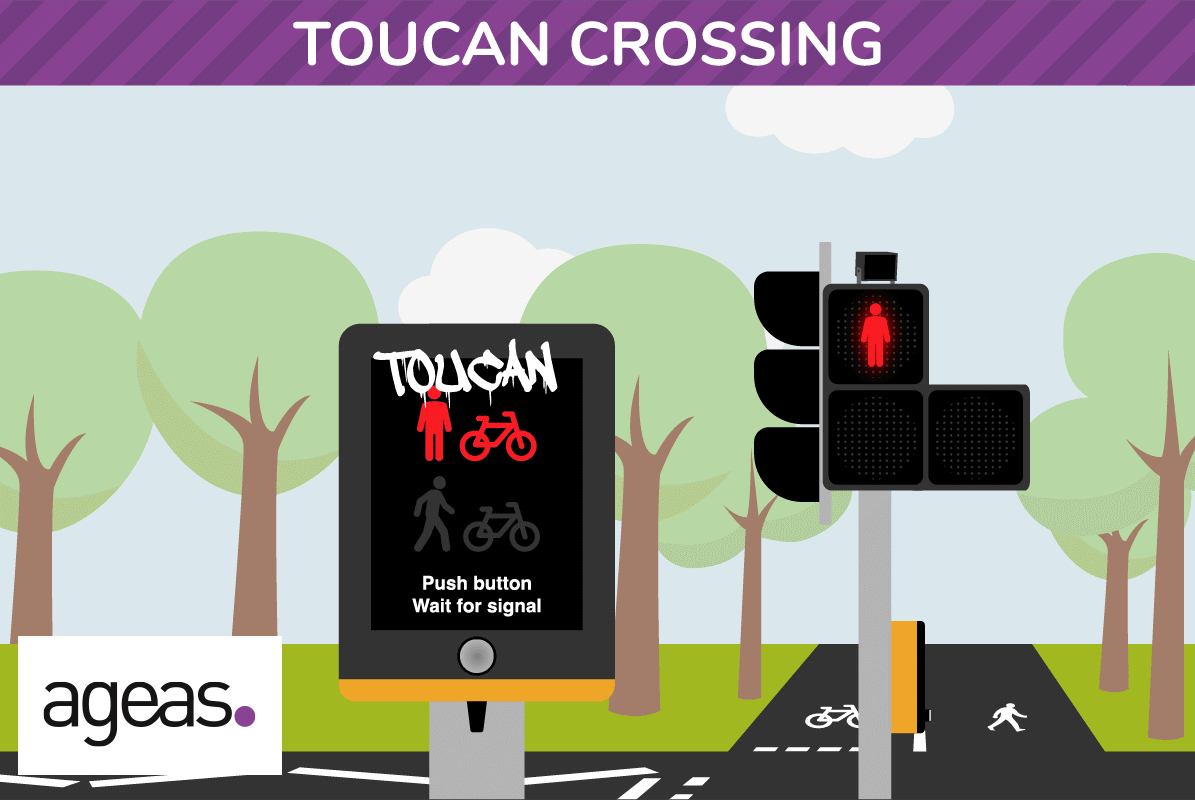
Toucan crossings are designed for both pedestrians and cyclists – who aren’t allowed to use the other types of crossings above.
A Toucan crossing is found next to cycle paths and has the same signals as a pelican crossing, but will also include a green cycle symbol alongside the green man. Toucan crossings often depend on motion detectors to keep cyclists and pedestrians safe.
5. Equestrian or Pegasus crossings
An Equestrian crossing is made for horse riders.
Equestrian crossings are traffic light-controlled with a red or green horse symbol and push buttons higher up to allow horse riders to activate it. They also have wider crossing spaces for the horses and may be combined with crossings for cyclists and pedestrians too.
If you encounter horses while driving, you should avoid revving your engine and making any sudden movements that could startle the horse. Don’t forget to leave plenty of room between your car and the crossing for the horses to cross safely.
PEDESTRIAN REFUGES
These are usually in the form of an island in the centre of the road where pedestrians can wait until it is safe to continue crossing. If there is a zebra crossing either side of an island, both pedestrians and motorists should treat each side as two separate crossings.
Original article written 17th October 2022, updated 29th January 2024.
Protect your vehicle
with car insurance that’s Defaqto Five Star rated and Easy as Ageas.
You can find out more about our car insurance here.
